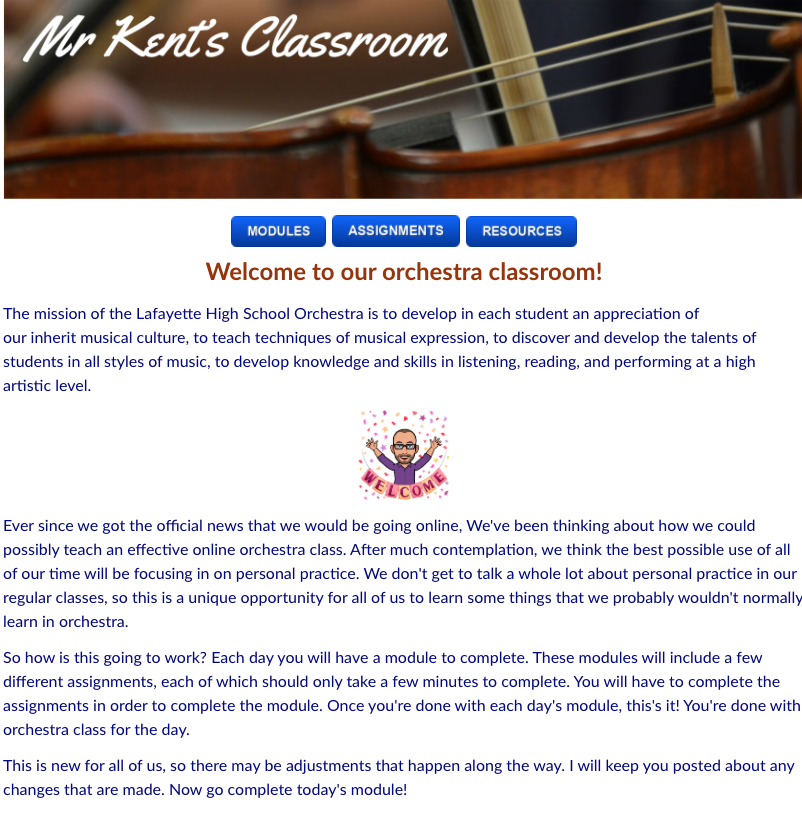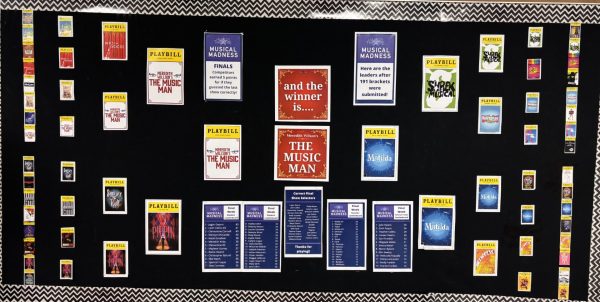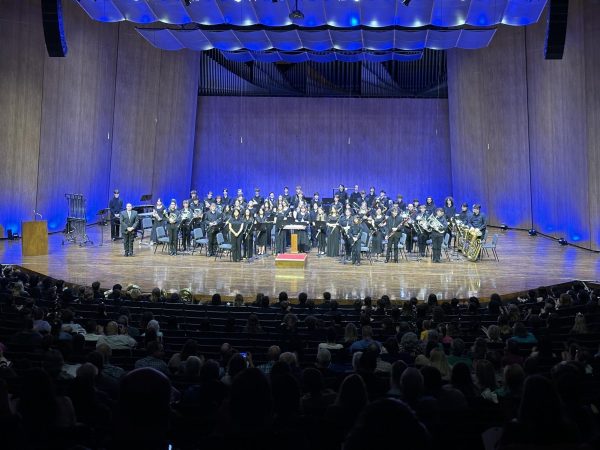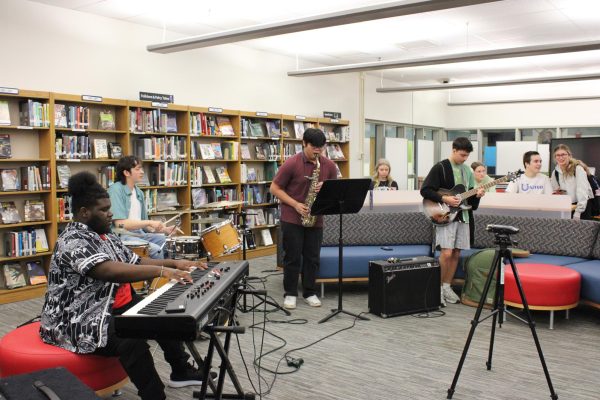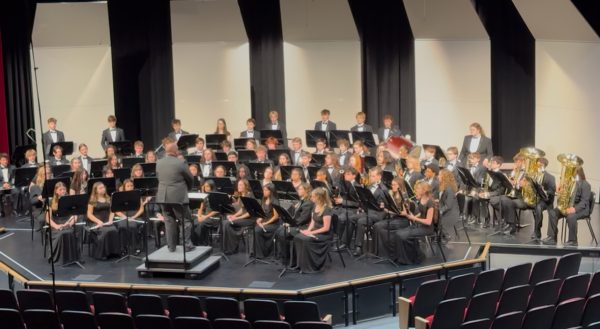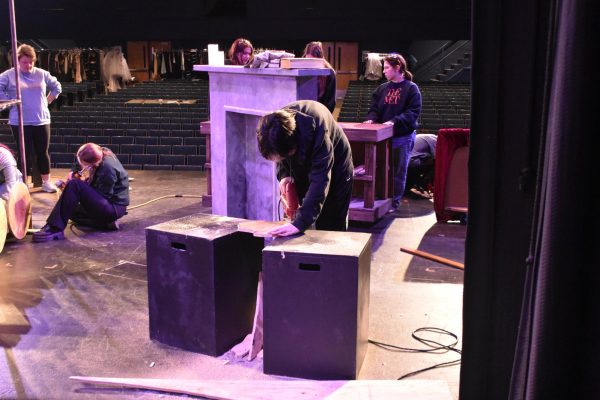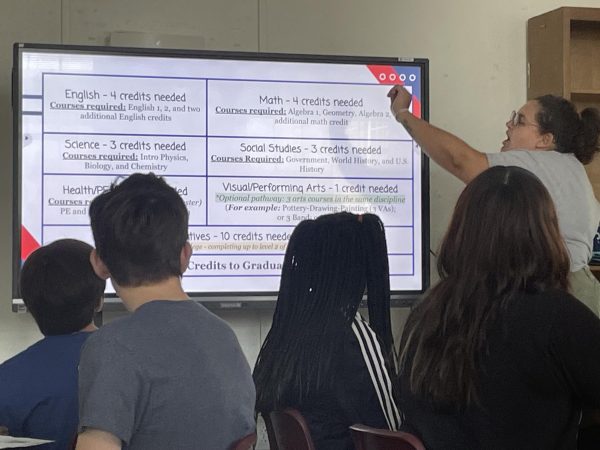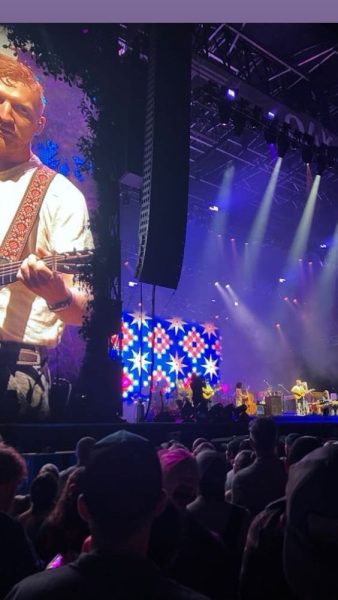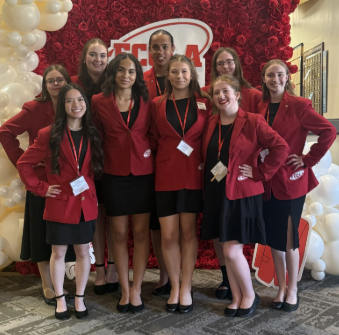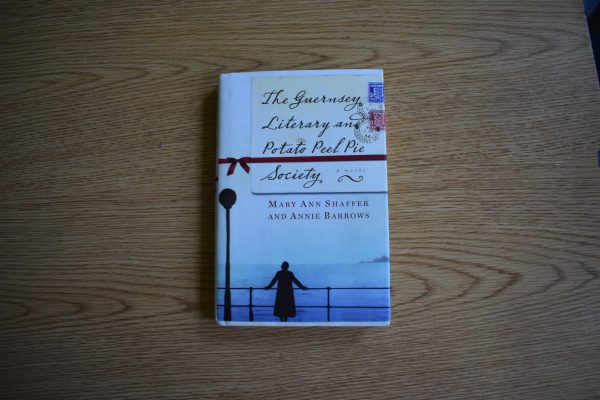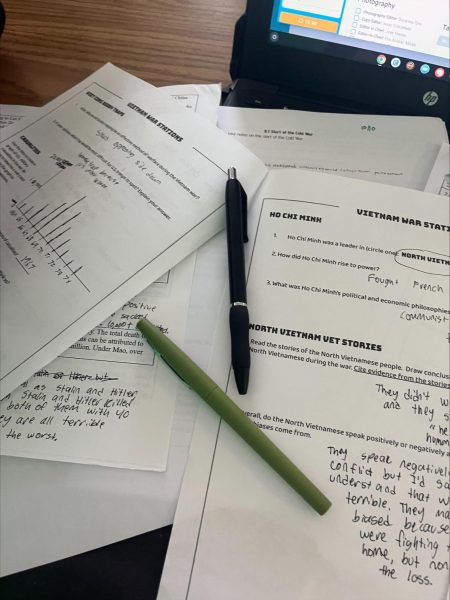Virtual Orchestra: Touching Bass
When orchestra students log into their class for the day, this is the homepage they see. It portrays convenient shortcuts, including to the live calls (not shown here)
This digital school year has been a pain to everyone, whether it’s because of internet issues, work overload, or simply not understanding and/or learning anything about the topic being taught. This is especially true for those trying to learn more about playing an instrument. Musical students who meet in person for classes always have easy access to materials, extra instruction, and fellow band/orchestra members to practice with. This year turned that formula on its head.
Teachers can only help over zoom with audio issues, getting all needed materials is an extra struggle, and students can’t hear the progress of their group as a whole. It’s a major challenge. Orchestra, in particular, is hard to pull off virtually. Student musicians are losing their close community, and can’t practice and learn nearly as efficiently. Of course, extra steps and efforts are being made to make the learning process be as helpful as possible. Teachers offer up one-on-one practice time, students are separated by instrument, and pieces don’t seem to be as hard as they would be if students weren’t in school. But it simply isn’t the same.
In Orchestra, something crucial you learn is to depend partially on other sections, or other instruments. Sections look to each other for cues, and to keep the tempo, rather than just the conductor doing all of the leading. When practicing over zoom without the helpful seating and wide range of vision, communication, a key component, is lost.
Digital orchestra assignments consist of lots of practice, a bit of music theory, and sections of music meant to be recorded and submitted for evaluation. During their time on zoom together, students are sorted into breakout rooms (smaller groups, usually with people playing the same instrument,) and rehearse together. Students play what they have practiced and receive feedback from other students and their instructors. This way of running the class gives it a familiar sense of what orchestra is really like,with pieces to practice and playing on zoom calls together, even if they’re muted most of the time. A sophomore cellist in Symphonic Orchestra, the second highest level, shares her insight.
“This year is definitely completely different, especially in school. The basic core classes aren’t that difficult, but it’s been very hard in orchestra. We’re used to playing with everyone in a whole ensemble and now we’re forced to look at black screens. Learning new pieces is really difficult as well because the director isn’t there [in person and physically] to really guide us through it.” Usually, orchestra students have easy access to all sorts of assistance. This year, that’s not the case. Students, even with extra help, don’t get the full experience, and are mainly left figuring it out themselves.
Thankfully, after careful consideration, the orchestra is trying to meet in person for rehearsals. It hasn’t started up this semester, but occurred multiple times last year. They follow CDC recommendations and are able to gather in person and enjoy each other’s company while physically present at the rehearsal.
While it’s not the same, it’s still a way for students and teachers alike to meet up and truly play as a united orchestra. “In person rehearsals are also very, very different,” says the cellist, who attended these rehearsals when they happened. “We only had an hour to go over as much as possible. We barely learned anything. We were also 6 ft apart, had to wear a mask, and had a limited amount of people. It was really hard to play as a whole orchestra when the whole orchestra isn’t even there.”
Overall, NTI has been a real struggle to those playing in the orchestra. It won’t be the same until students are back in the classroom and learning together again.

